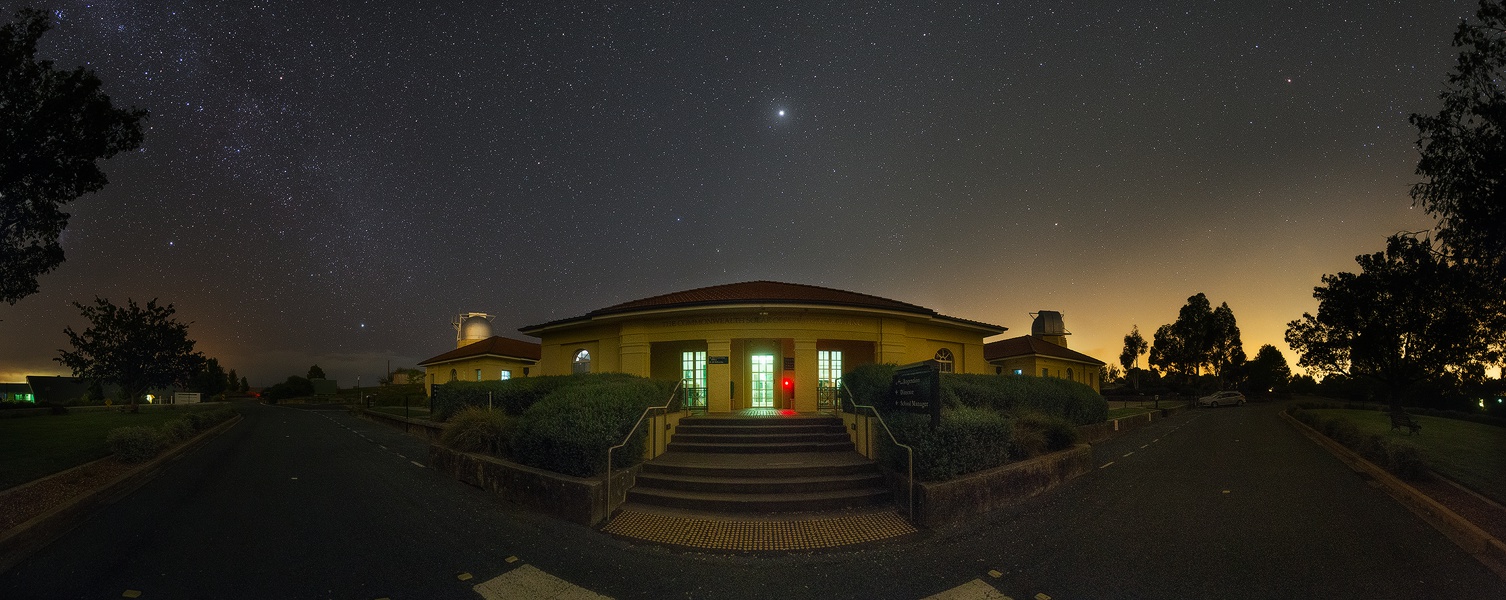DEBASS
Welcome to the Australian team of DEBASS: the Dark Energy Bedrock All Sky Survey. Our primary objective is spectroscopic follow-up that enables DEBASS transients to be classified and used in a type Ia supernova model training.
Who are we?
DEBass is a collaboration of astronomers led by Dr. Dillon Brout, out of the Harvard-Smithsonian Center for Astrophysics. The Australian branch of DEBASS is focussed on the spectral follow-up of DEBASS transients. This program has been developed and implemented by the transient group at the Australian National University’s Research School of Astronomy and Astrophysics (ANU RSAA). Our members are:
- A/Prof. Chris Lidman - DEBASS Australian team lead and director of Siding Spring Observatory
- Dr. Brad Tucker - Expert 2.3m observer and data reductionist
- Patrick Armstrong - Infrastructure Lead
- Harry Abbott - PyWiFeS master
- Georgie Taylor - Spectral Modeller
For enquiries about DEBASS spectroscopic follow-up, contact us at debass@anu.edu.au
What is DEBASS
Type Ia supernovae occur when runaway nuclear reactions occur in small, faint white dwarf stars, resulting in a cataclysmic explosion. These supernova explosions are 5 billion times brighter than the Sun, which means we can see them even when they occur in far-away galaxies. Type Ia supernovae have uniquely uniform characteristics which enable astronomers to measure their distances, leading to incredible scientific discoveries such as the accelerating expansion of the Universe.
DEBASS is a three-year program (commenced in March 2021) to observe more than 500 nearby type Ia supernovae in the souther sky. Its main goals are to measure dark energy to unprecedented precision, and act as a precursor and complement to the LSST program. The DEBASS sample will replace the historic low-redshift supernovae sample that suffers from calibration uncertainties, limiting its usefulness.
Photometric observations will be collected using the Dark Energy Camera on the CTIO 4m telescope in Chile. Targets will be obtained from public ATels of rolling all-sky surveys. Spectroscopic follow-up observations will be collected here in Australia, using the Wide-Field Spectrograph (WiFeS) on the ANU 2.3m telescope at Siding Spring Observatory in Coonabarabran, NSW. Spectroscopic follow-up is crucial for ensuring the supernovae we observe are indeed type Ia, as any contamination from other types can bias scientific results. Our high-quality spectroscopic observations can also be used to obtain redshifts and improve the type Ia supernova models used to calculate distances.
Want to see for yourself?

Siding Spring Observatory, home of the ANU 2.3m telescope (and many more) is open to visitors. Find more information at their website, or their facebook page.

Mount Stromlo Observatory, home of the ANU Research School of Astronomy and Astrophysics, is also open to visitors. Find more information at their website.